Introduction to Android Thermal Printers
The evolution of payment processing technology has ushered in an era where traditional cash transactions are being overshadowed by advanced solutions. Among these, Android thermal printers stand out as pivotal components in modern POS systems. These devices are not just printers but are integral to a seamless checkout experience, offering quick and efficient receipt printing capabilities.
Types and Applications
Android thermal printers are versatile, catering to various business needs. From compact models ideal for small-scale operations to robust units designed for high-volume environments, there is a device to suit every type of business. Their applications span across multiple sectors including retail, hospitality, and healthcare, demonstrating their adaptability in facilitating transactions and enhancing customer service.
Technical Features and Materials
The technical prowess of an Android POS printer lies in its ability to rapidly produce high-quality receipts. These printers employ a thermal printing mechanism that eliminates the need for ink or toner, a cost-effective and maintenance-friendly feature. Constructed from durable materials, they are designed to withstand the rigors of busy commercial settings, ensuring longevity and reliability.
Advantages of Upgrading to an Android Thermal Printer
Upgrading to an Android receipt printer offers businesses a competitive edge with features like wireless connectivity, encompassing Wi-Fi and Bluetooth, and compatibility with various payment methods. The integration of these printers into a POS system streamlines operations, allowing for more efficient customer interactions and a reduction in transaction times.
Choosing the Right Android Thermal Printer
Selecting the appropriate thermal printer for Android systems requires consideration of several factors, including compatibility with existing hardware, print speed, resolution, and connectivity options. Businesses should assess their specific needs to identify a model that aligns with their operational requirements, ensuring a seamless integration into their POS ecosystem.
Conclusion
In conclusion, the Android thermal POS printer is a critical tool for businesses looking to modernize their payment processing systems. With a range of models available to suit different business sizes and types, these printers offer a blend of efficiency, durability, and convenience. As the marketplace continues to evolve, the adoption of such innovative technologies will be paramount for businesses aiming to stay ahead in a competitive landscape.














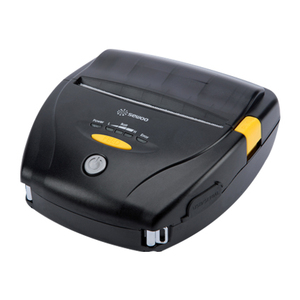
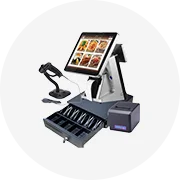
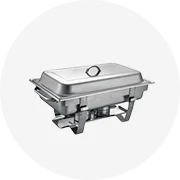







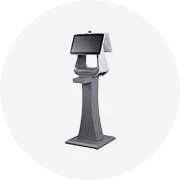
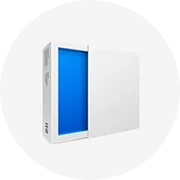









 浙公网安备 33010002000092号
浙公网安备 33010002000092号 浙B2-20120091-4
浙B2-20120091-4